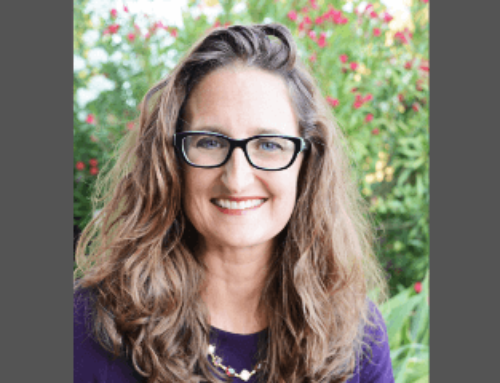The arrival of March is a signal that the AASM’s annual membership renewal season has reached its conclusion. On behalf of the board of directors, I thank you for investing in your career and supporting the sleep field by renewing your AASM membership for 2013.
Since becoming a student member in 1994, I have seen first-hand how the AASM has continued to be the leader for the sleep field as the collective voice of our 10,000 members and 2,500 accredited centers. As we continue to see dramatic changes in the U.S. health care system, it is more important than ever for sleep professionals to have the AASM’s national representation.
One way we advance the sleep field is by looking for new opportunities to bring the importance of healthy sleep to the forefront of national discussion on broad issues related to health and medicine. For example, I believe that our nation’s childhood obesity crisis presents the sleep field with an open door through which we can raise awareness for sleep medicine and make a significant impact on public health.
According to the CDC, obesity prevalence among children and adolescents in the U.S. has soared to 17 percent, representing a three-fnew increase since 1980. Today, approximately 12.5 million of our children and adolescents are obese.
In response, numerous programs to reduce childhood obesity have been implemented by public, private and nonprofit groups. Most of these programs focus on getting children to increase their daily physical activity, which certainly is an important step.
But exercise alone won’t solve the problem. This was illustrated recently by a three-year follow-up study published in Pediatrics. The authors concluded that, “The small BMI change associated with even the largest activity changes may explain disappointing BMI outcomes of brief primary care interventions targeting PA [physical activity].”
This is where sleep needs to enter the discussion. In recent years an abundance of scientific evidence has suggested that habitual short sleep duration is a significant and modifiable risk factor for obesity in children. Recently the authors of a systematic review of longitudinal studies concluded that “shorter sleep duration consistently predicts subsequent weight gain in children.”
Obesity intervention programs must take a comprehensive approach to address the complex risk factors that contribute to weight gain in children, and this approach should include an emphasis on healthy sleep. That is what I communicated this week in a letter from the AASM to First Lady Michelle Obama, who launched the Let’s Move initiative in 2010 to improve physical activity and nutrition among children. I let her know that making sleep health another component of the program would create added synergy for an initiative with the ambitious goal of “solving the problem of obesity within a generation,” and I offered for the AASM to provide assistance in implementing this change.
Recently the AASM also used our public education website to spread the news about the link between sleep and childhood obesity. We will continue to look for open doors to share this message with patients, public officials and policy makers.
Sincerely,
Sam Fleishman, MD
President






